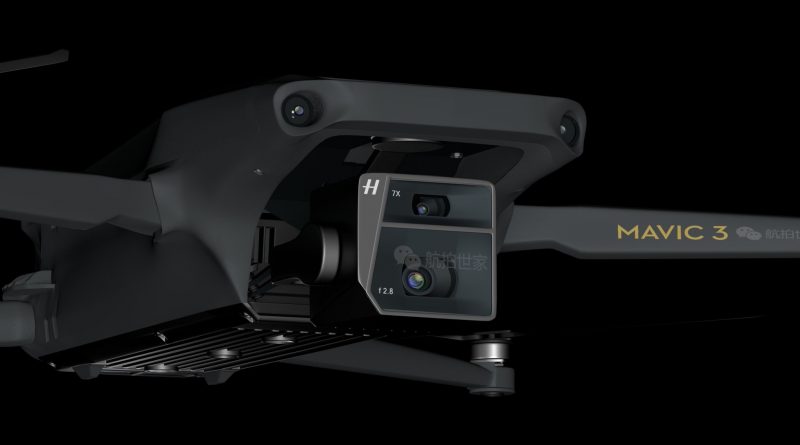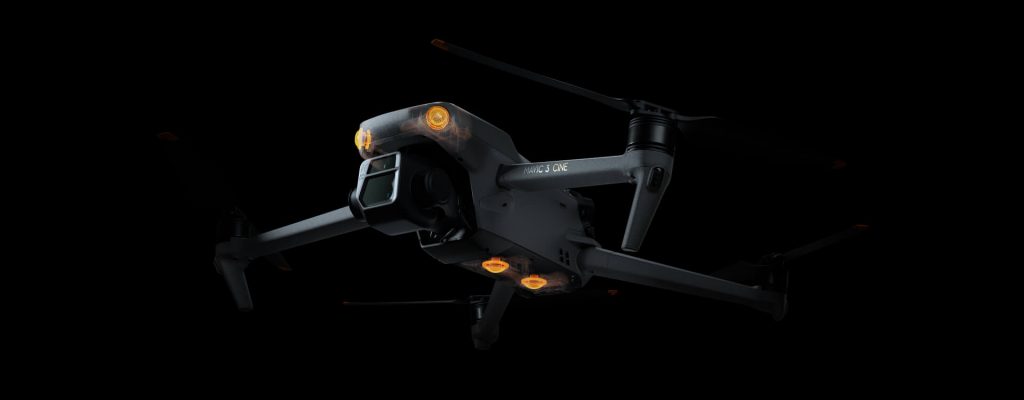The last time DJI launched a flagship drone in the consumer market was in 2018 when we saw the Mavic 2 Pro on our desks. Now, it’s finally improving on that one with a new duo: the Mavic 3 and Mavic 3 Cine drones. Both improve on their predecessors, bringing beefy cameras, longer flight time, and impressive zoom chops.
Since 2018, DJI’s managed to launch more than a few drones — most of ‘em labelled ‘Mini’ and ‘Air’. Their latest seems to bring industry-beating skills to the tablet but, of course, you’ll pay a hefty chunk for ‘em.
DJI Mavic 3 specced

Let’s get into the important bits. Both Mavic 3 drones are fitted with two camera lenses each. These were designed specifically for the device with industry-favourite Hasselblad. This includes a fixed 24mm wide-angle 20MP sensor along with a 162mm telephoto lens. That last one sizes in at 12MP and offers 4K resolution with an f/4.4 aperture.
This combo will apparently allow for great low-light performance. But we’re more interested in shooting capability. When it comes to video capture, you’ll shoot at up to 5.1K resolution at 50fps, or up to 120fps at 4K for some sweet high-res slow-motion shots.
All of the above are standard on both the Mavic 3’s.
Then DJI is also launching a Mavic 3 Cine version. This one is able to record in Apple ProRes format — which allows more scope to process footage in software like Adobe Premiere, Final Cut Pro, or DaVinci Resolve. In addition, it also features a built-in 1TB SSD — because you’re gonna need it. Hopefully, that’s all you need. This SSD is apparently not upgradeable.
On to pricing — as expected, we don’t have local availability or pricing yet — but international costs should give us a good idea of what to expect. The standard version, which includes the drone, carrying strap, remote controller, charger, a set of extra propellers, and a joystick, will cost you $2,200 (or R33,500 or so).
The Cine variation only comes in a ‘Fly More Combo’ option, which includes additional batteries and a case for $5,000 (or R76,000, more or less).
Source: The Verge




